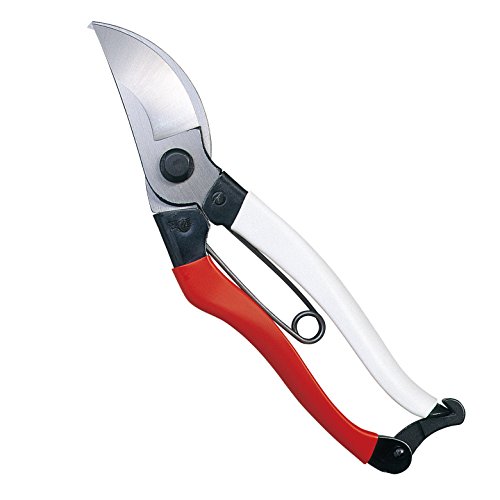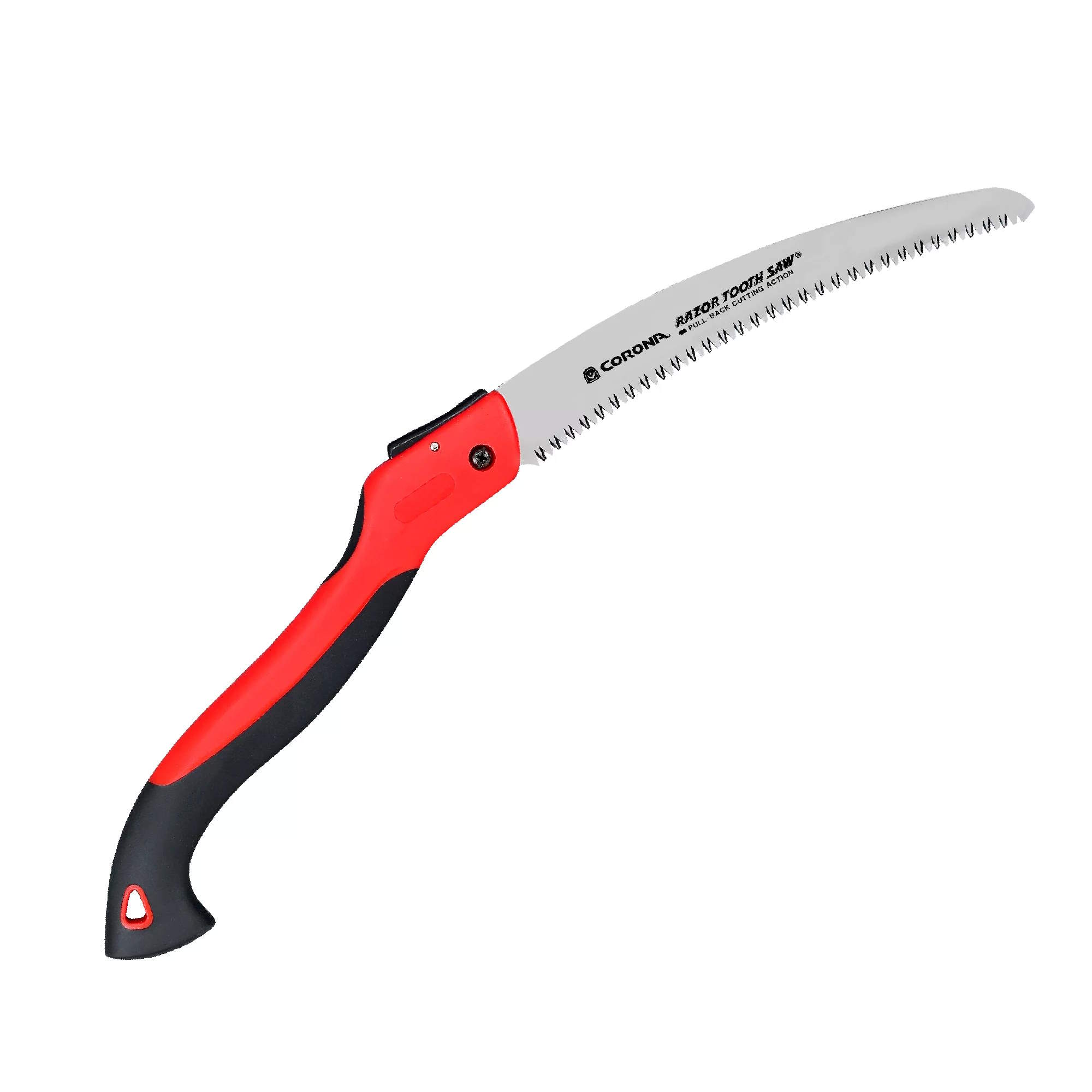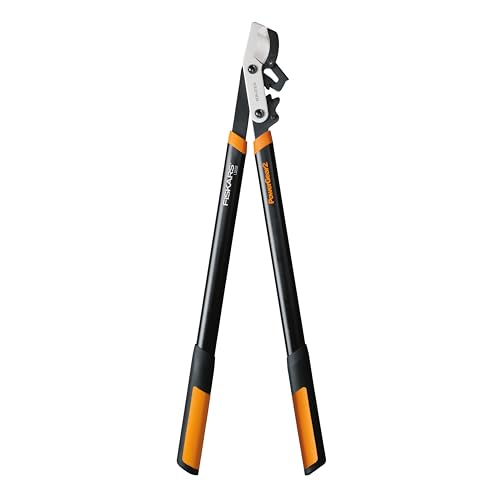Early spring is the ideal time to prune sweetgums – arboriculture experts reveal pruning tips for safe and stunning trees
Starting to prune early in a tree’s life is highly recommended

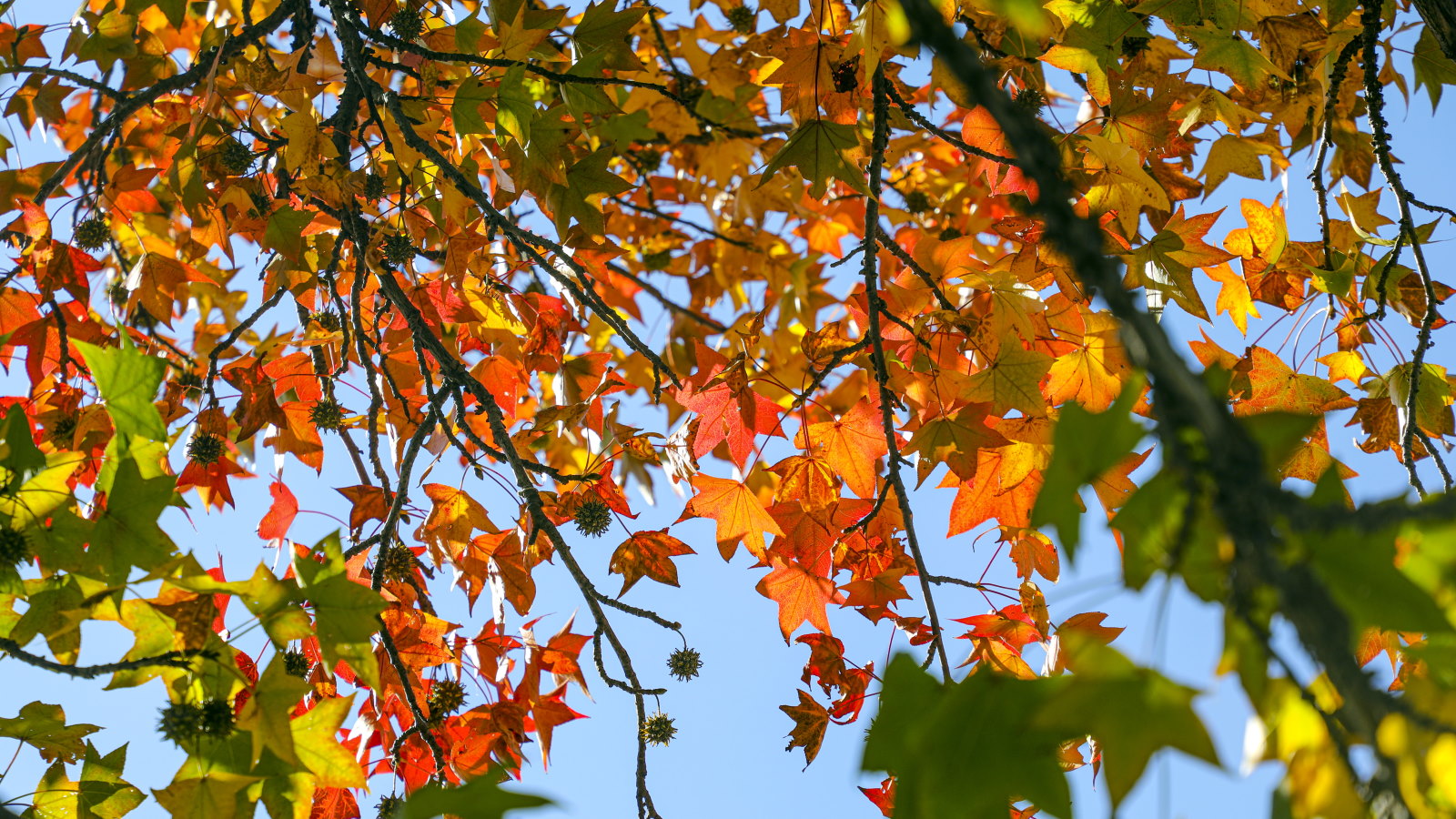
Sweetgum trees (Liquidambar styraciflua) are fast-growing and beautiful ornamental trees that often require little pruning to help them remain healthy and flourishing. Even though they need minimal trimming, knowing when and how to prune a sweetgum tree ensures you trim correctly when you have to.
The reasons you may need to prune a sweetgum tree can include health, safety, clearance, aesthetics, and structural integrity. While starting to prune the tree early in its life can help prevent future issues, ongoing pruning is required throughout its lifetime.
I spoke to horticultural and arboriculture experts about how and when to prune trees. They revealed why you should prune during dormancy and what steps should be followed for safe trimming.
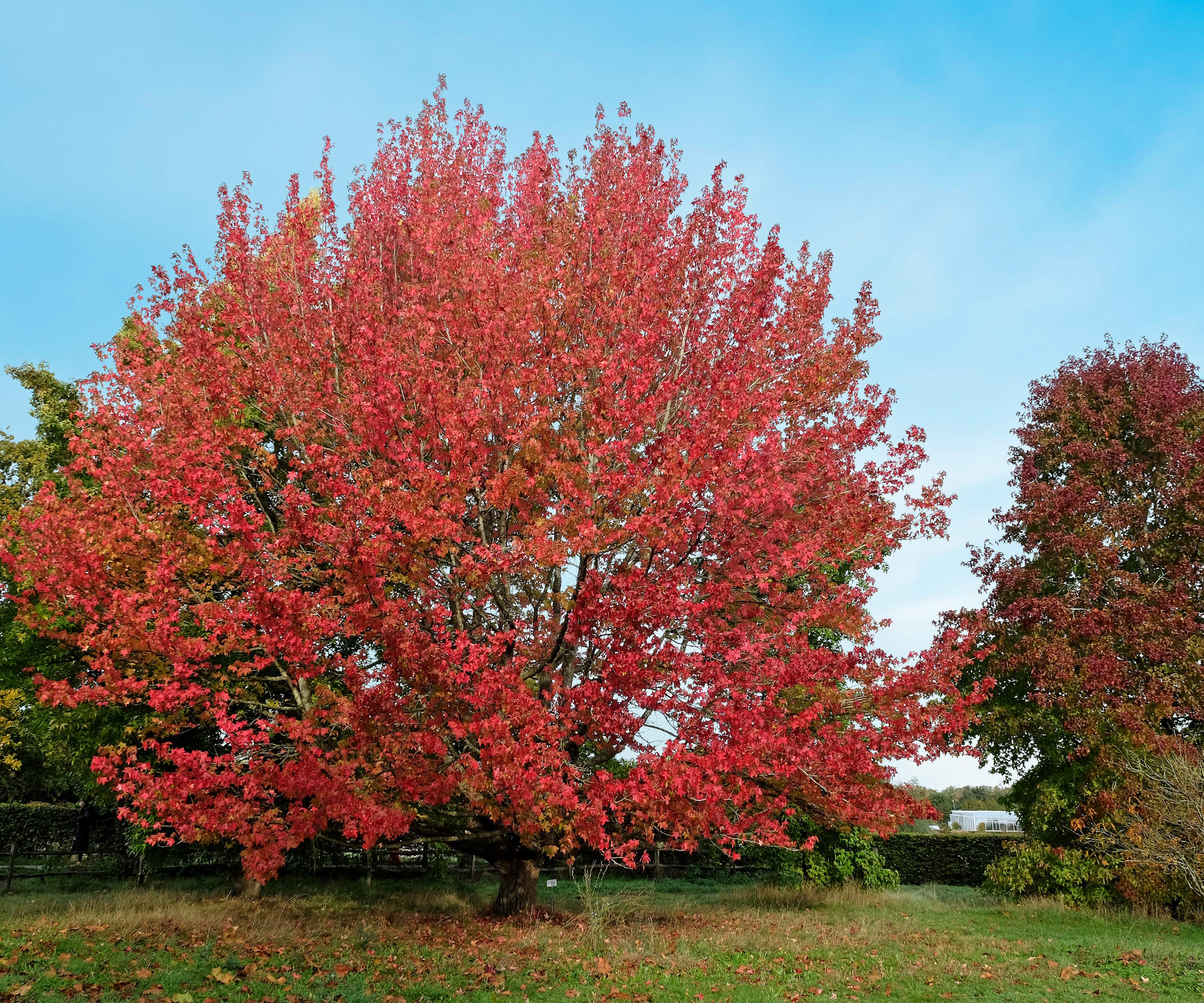
Pruning sweetgum trees - experts talk when and how
Sweetgums are popular all over the US as they are a great tree for fall color, have unique star-shaped leaves, offer great shade, and are also low-maintenance, drought-tolerant trees.
However, they are not without issues, as they grow to a large size and can cause damage with their roots. If you have a sweetgum tree on your property, it pays to know the dos and don'ts of pruning.
When to prune a sweetgum tree
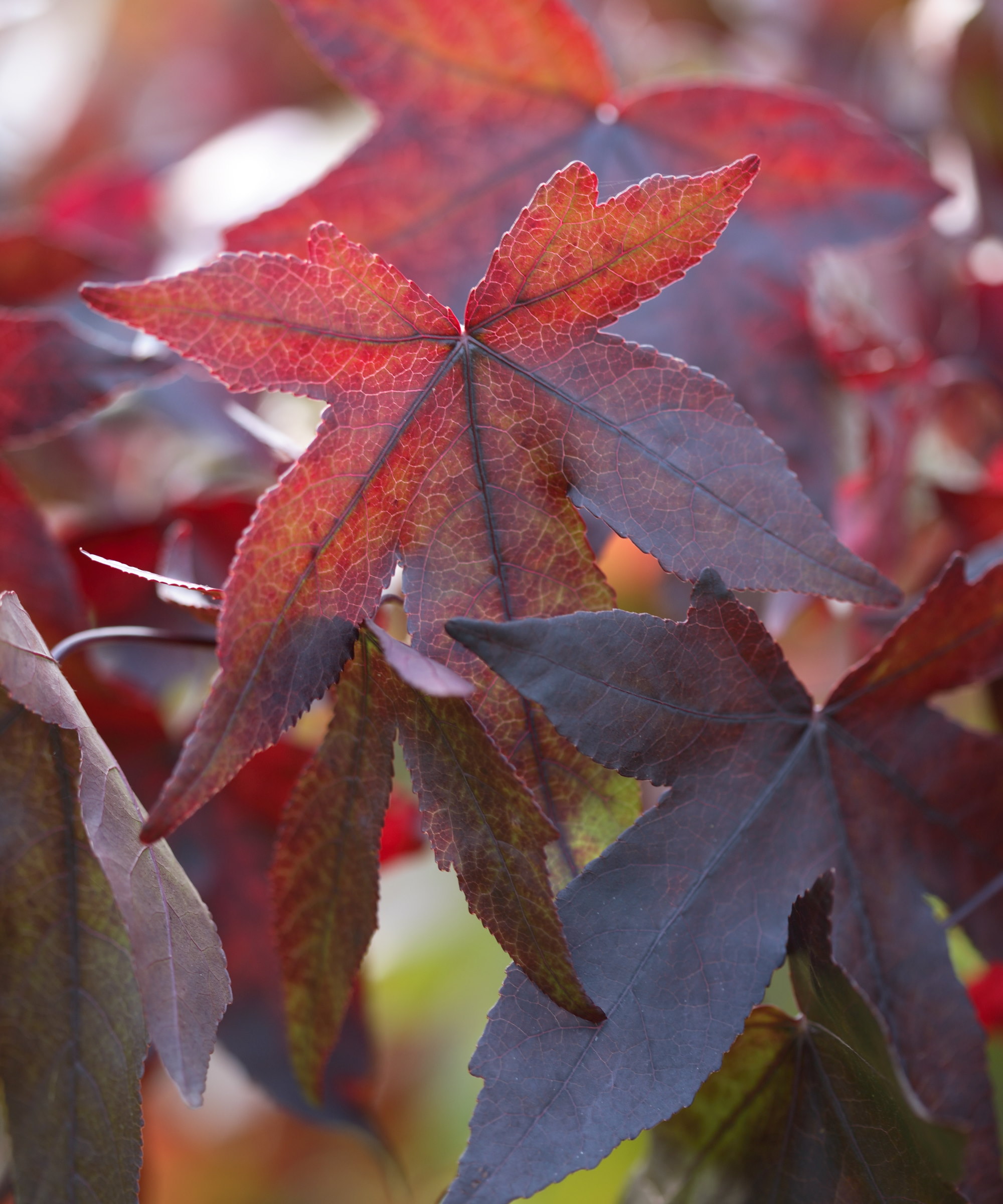
Sweetgum is a low-maintenance ornamental tree. It does not require lots of pruning for a natural, beautiful form. However, even though it does not require large-scale or regular pruning, knowing when to prune the tree keeps it healthy and productive.
The ideal time to prune a sweetgum tree is during its dormancy, ideally in late winter or early spring. One of the advantages of pruning in this window, before the sap starts flowing, is that you can see the tree’s structure and identify damaged branches more easily.
Design expertise in your inbox – from inspiring decorating ideas and beautiful celebrity homes to practical gardening advice and shopping round-ups.
Jim Licklider, Arboriculture and IPM Manager at Lewis Ginter Botanical Garden, also explains how it lessens the tree’s overall health risk. He says: ‘Pruning in the dormant season ensures there is less pressure from insects and disease on the wounds that are created.’
However, the tree expert adds that dead limbs can be removed at ‘any time of year’ but pruning live growth is only reserved for the dormant season. ‘That way the tree isn’t losing limbs or leaves it is actively using for food production,’ he adds.
While deadwood can be pruned in the summer or fall, there are risks associated with removing live wood during those seasons. It would be best for you to prune the tree in April or May, and no later.
Mark Canney, Director of Landscape and Horticulture at Arbor Day Farm, warns of this tree pruning mistake: ‘Avoid heavy pruning in late summer or fall, as this may result in late seasonal new growth that may not harden off before winter, making frost damage inevitable.’

Jim Licklider is the Arboriculture and IPM Manager at Lewis Ginter Botanical Gardens in Richmond, VA. He has been working in arboriculture and plant sciences for nearly 20 years. At work, he enjoys climbing trees and getting to work with beneficial insects. Outside of work, he spends all the time he can with his wife and 2 children through hiking, cooking, and exploring around the James River
How to prune a sweetgum tree
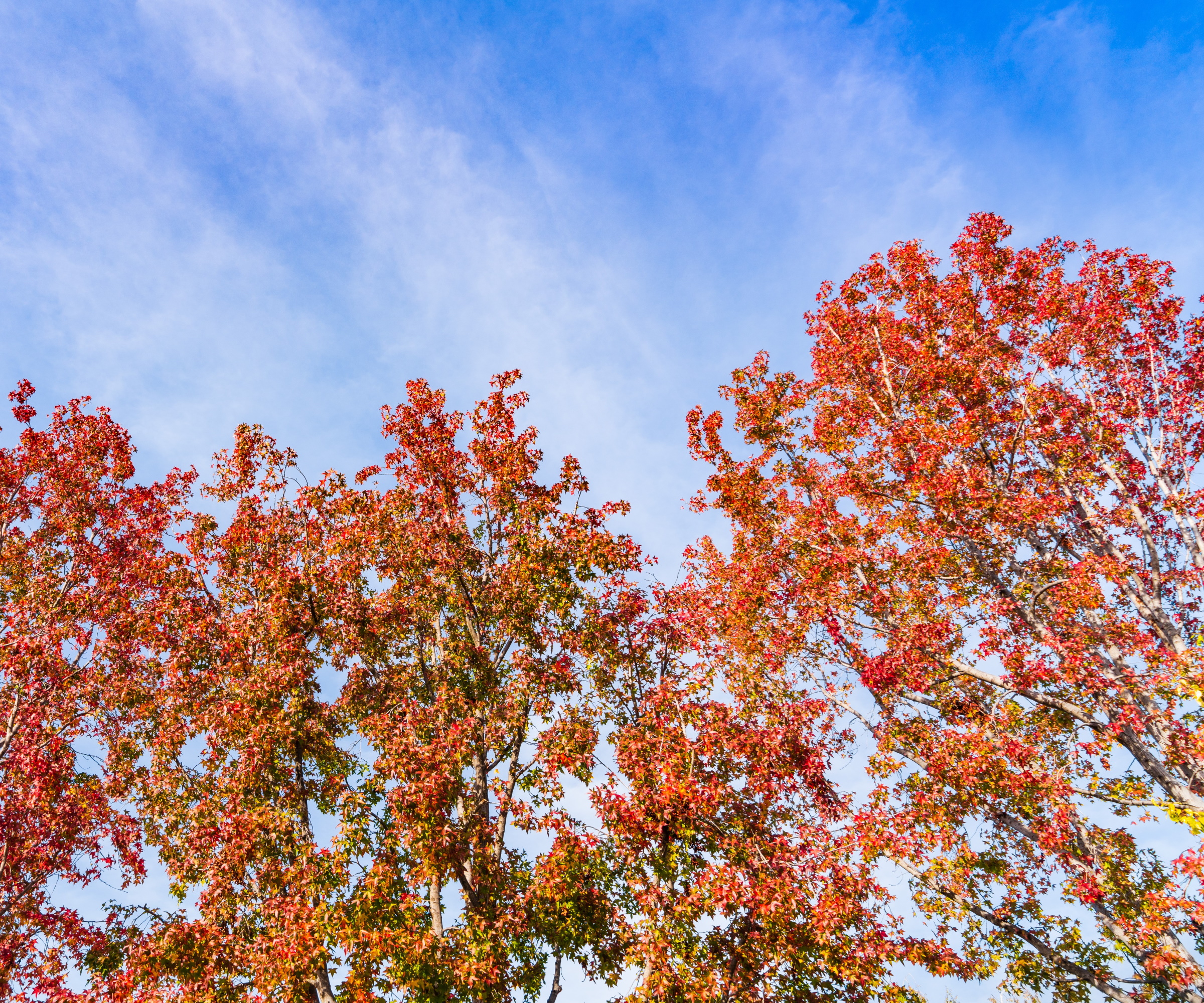
It is essential that all pruning tools are clean and sharp, including pruning shears, loppers, and a pruning saw for larger branches. You also always want to wear gloves when you prune a sweetgum tree, as the trees can produce a sap that can be a skin irritant.
Before embarking on any pruning, Jim Licklider recommends establishing a purpose or goal for the trimming. In addition, as sweetgum trees can reach 75-80 feet tall, any pruning of a large and established sweetgum tree is best tackled by professionals.
‘A certified arborist or highly qualified contractor should complete the pruning project using non-harmful climbing methods, if aerial access is needed,’ recommends Jim. ‘This means no climbing spikes, and use only bucket lift trucks (cherry pickers) or arborist rope climbing methods.’
The healthiest sweetgums are pruned from early on after planting the tree. This gives them a good form from their early years and a sound structure for continual growth. Pruning to identify and establish a strong central leader can prevent future problems, as multiple leaders risk weaker branch unions and trees splitting apart in storms.
‘Even with a newly planted tree, be cognisant of an identifiable leader, which is the main vertical stem of the tree,’ advises Mark Canney. ‘Prune away any competing branches or leaders to establish dominance, and physically space out branches to create a visually even branching pattern on the tree.’
A well-trained and accessible sweetgum tree can be easily pruned when required using the following methods:
- Start by identifying and removing dead, diseased, and damaged branches to reduce the risk of injury and prevent them from attracting pests
- Any branches crossing or rubbing should be removed, as this prevents them from becoming entry points for pests or diseases. Removing these selected branches can open overcrowded areas to allow more air circulation and light penetration, and keep the canopy healthy
- Mark Canney then advises: ‘Identify and eliminate any upright shoots from the truck or branches and suckers - or growth from the base of the tree.’ These unwanted branches take a lot of energy away from the rest of the tree and are best removed regularly.
- Finally, Mark adds: ‘Narrow branch angles that appear to be less than 45 degrees should be removed as they may potentially lead to splitting.’
As mentioned earlier, there is no need to prune a sweetgum tree heavily. Indeed, it is recommended to never remove more than 25% of live wood in the canopy in a single season. Doing so is a pruning mistake that stresses the tree and leaves it more susceptible to pests and diseases.

Mark Canney serves as Director of Horticulture and Landscape at Arbor Day Farm in Nebraska City, overseeing a team managing 260 acres of cultivated and natural landscapes. His approach combines artistic flair with ecological sensitivity, activating spaces that are both beautiful and sustainable while adhering to best practices in land management.
Shop tools to prune sweetgum trees
FAQs
Can you cut the top off a sweetgum tree?
Topping a tree is a severe method of pruning tree branches, where you remove the entire top of the tree to reduce the height. It is a contentious way to prune as it is a very unnatural look and can risk the tree’s health.
Jim Licklider from Lewis Ginter Botanical Garden says that topping sweetgums is not recommended and adds: ‘Sweetgums do not compartmentalize wounding very well, so they are also not good candidates for pollarding.’
Hawthorn is another popular and large-growing ornamental tree to prune in late winter or early spring, and April can be the last chance to prune hawthorn trees.
Pruning at this time reduces stress and prevents hawthorn trees from losing sap in large amounts, as they would if pruned too late in spring or summer. Bleeding sap weakens the tree and makes it susceptible, as pests that carry fungi or diseases are more active in warmer weather and are attracted to the oozing sap.

Drew has worked as a writer since 2008 and was also a professional gardener for many years. As a trained horticulturist, he worked in prestigious historic gardens, including Hanbury Hall and the world-famous Hidcote Manor Garden. He also spent time as a specialist kitchen gardener at Soho Farmhouse and Netherby Hall, where he grew vegetables, fruit, herbs, and cut flowers for restaurants. Drew has written for numerous print and online publications and is an allotment holder and garden blogger. He is shortlisted for the Digital Gardening Writer of the Year at the 2025 Garden Media Guild Awards.
